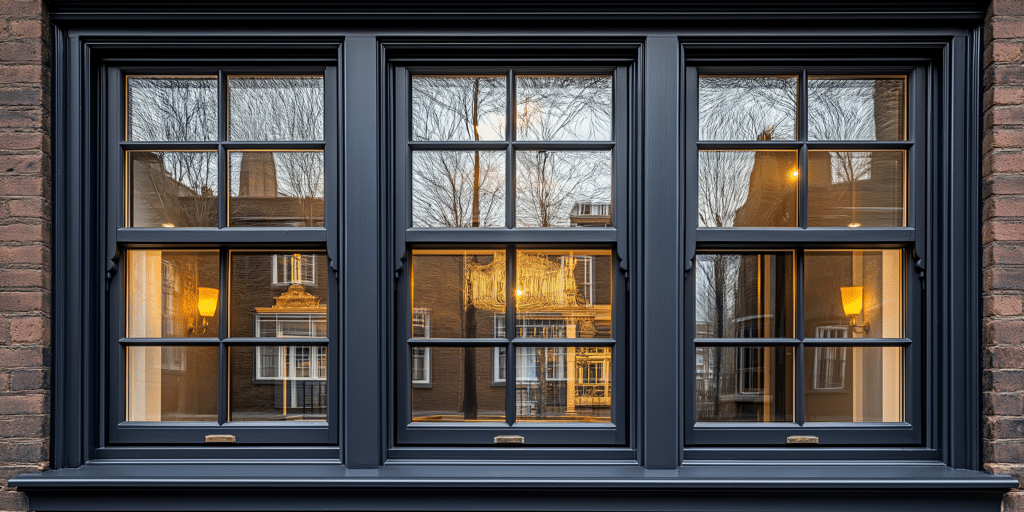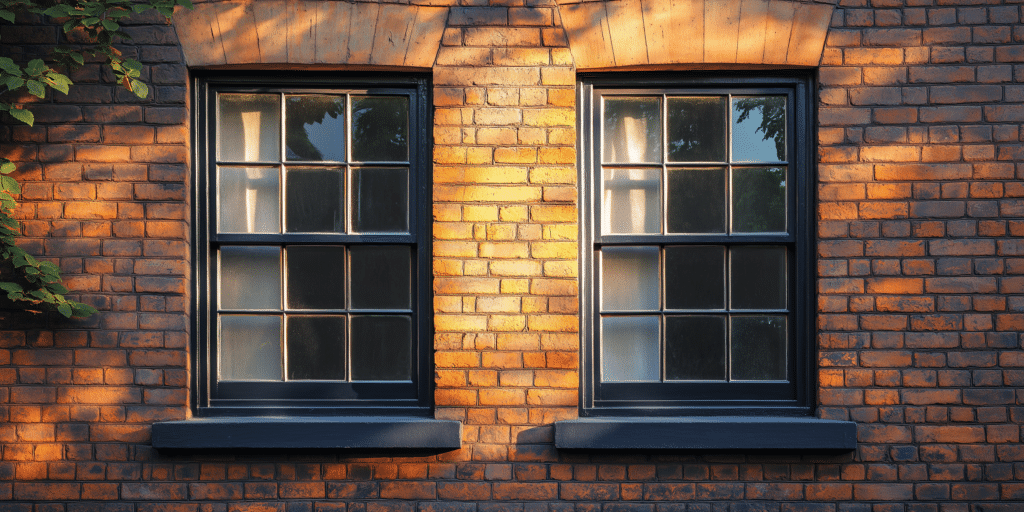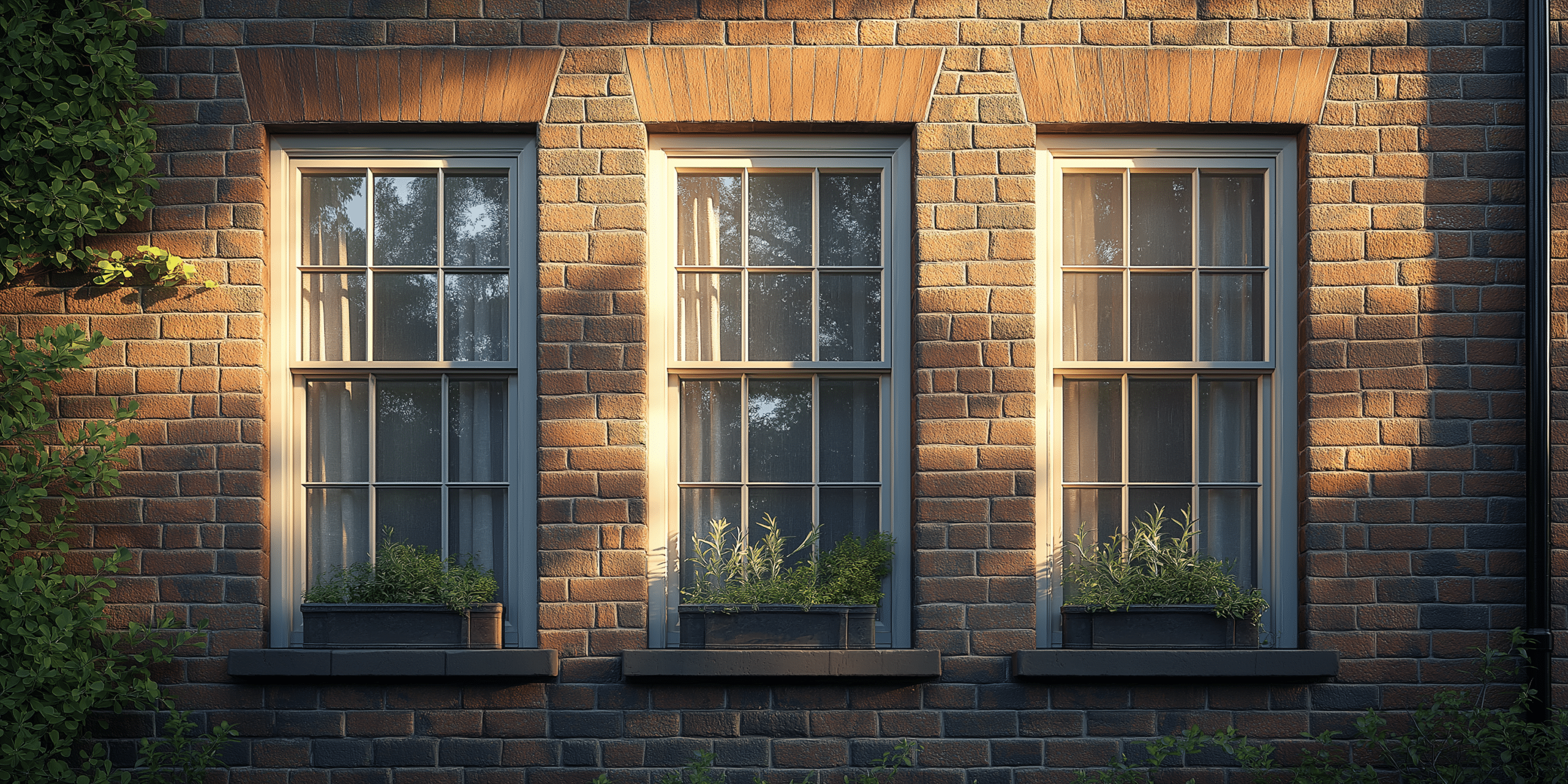Introduction to Low-E Coating for Sash Windows

As an advanced energy-efficient glazing technology, Low-E coating offers a powerful solution to reduce heat transfer and energy bills, which is especially beneficial for older homes with original sash windows. This nearly invisible metallic layer significantly reduces heat loss during winter and solar heat gain during summer. It also protects against UV, preserves interiors, and keeps the classic aesthetic intact. This guide explains how Low-E coating benefits sash windows, with quantitative examples indicating savings of up to 30% in heating and cooling costs, as reported by homeowners and manufacturers.
What is Low-E Coating and How Does it Work?
Low-E, short for Low Emissivity, refers to a transparent, microscopically thin coating that reflects infrared energy (heat) while allowing natural light through. Typically applied on double- or triple-glazed units, Low-E layers enhance thermal efficiency. Two main types are soft-coat and hard-coat. Soft-coat, offering high insulation properties, is suitable for residential sash windows but requires protection within glazing units. Hard-coat, more scratch-resistant, is ideal for single-pane windows common in period properties.
By reflecting interior heat back indoors during winter and repelling outdoor heat during summer, Low-E coating acts as a thermal barrier. This can reduce energy consumption by 20-30%, contributing to eco-friendliness and a reduced carbon footprint.
Low-E coatings reduce energy bills and align with eco-friendly goals. Minimising heat loss and gain can lower household energy needs, with studies noting up to a 25% decrease in energy usage for adequately insulated sash windows.
Why Use Low-E Coating on Sash Windows?
- Understanding Sash Windows and Energy Loss: Sash windows, especially single-pane, are prone to high thermal loss. Low-E coating can reduce energy loss, prevent cold drafts, and make period windows nearly as efficient as modern designs.
- Thermal Efficiency: Low-E coating reflects internal heat back indoors during winter and blocks excess solar heat in summer. For homes retaining sash windows, this is ideal for improving comfort without modifying aesthetics.
- UV Protection: Low-E coating significantly filters UV rays, helping preserve interiors and prevent fading. Studies show that low-E glass blocks up to 99% of UV rays.
- Aesthetic Benefits: Low-E technology advances have made the coating invisible, preserving sash window aesthetics. Homeowners no longer need to worry about visible tints or reflections impacting their appearance.
Types of Low-E Coatings Suitable for Sash Windows

- Hard-Coat Low-E for Durability: Known for its durability, hard-coat Low-E is ideal for single-pane sash windows in harsher climates. It adheres directly to the glass, providing a scratch-resistant layer that stands up to wear.
- Soft-Coat Low-E for Higher Efficiency: Soft-coat Low-E, applied in vacuum-sealed layers, is excellent for energy efficiency. This type suits double- or triple-glazed sash windows, offering greater insulation while remaining discreet.
- Double vs. Triple Glazing: Double-glazed Low-E sash windows offer effective insulation for most climates, while triple-glazing may be better suited for very cold areas.
- Climate and Window Position Considerations: Selecting the right Low-E depends on your climate and window orientation. In warmer climates, coatings that reduce solar gain are ideal, while Low-E, which retains interior heat, is preferable in colder areas.
Benefits of Low-E Coating for Home Comfort
- Enhanced Indoor Comfort: Low-E coating stabilises indoor temperatures year-round, reducing the need for central heating and cooling systems.
- Noise Reduction: With high-quality glazing, Low-E coated windows can also reduce noise infiltration, which benefits urban homes near high-traffic areas.
- Condensation Control: Low-E coatings can reduce condensation, keep windows clear, and reduce the risk of mould on wooden frames.
- Cost Savings: Although Low-E coating requires upfront investment, it offers a 10-20% reduction in heating and cooling expenses, making it cost-effective in the long term.
Steps to Apply Low-E Coating to Sash Windows
- Preparation and Cleaning: Thorough cleaning is essential for proper Low-E adhesion, ensuring long-term durability and performance.
- Professional vs. DIY Application: While DIY is possible, professional installation is recommended to ensure optimal coverage, especially on intricate sash designs.
- Coating Application Process: The application involves specialised techniques to ensure uniform layers, optimise insulation, and reduce heat transfer.
- Post-Application Quality Checks: After curing, quality checks verify uniform coverage and identify any imperfections that could impact performance.
Cost of Low-E Coating for Sash Windows

- Material Costs: Low-E material prices depend on coating type and glazing level. Soft-coat options with advanced insulation are often costlier but highly efficient.
- Installation Costs: Labour costs vary by window design and location. While more intricate sash windows may incur higher fees, the efficiency benefits can offset the initial costs.
- Cost-Saving Comparison: Low-E coated windows often yield a greater ROI than standard double glazing, with lower energy bills reported by 30-40% of surveyed homeowners.
- Return on Investment (ROI): On average, Low-E sash windows pay for themselves within 5–10 years, depending on climate, insulation, and local energy prices.
Potential Drawbacks of Low-E Coating on Sash Windows
- Initial Cost: Low-E coating is a significant initial investment, but the energy savings justify the expense over time.
- Effect on Exterior Appearance: Though once noticeable, newer Low-E coatings are practically invisible, retaining the classic look of sash windows.
- Maintenance Sensitivities: The coating requires specific cleaning techniques to avoid scratches that may impact performance.
- Impact on Historic Window Authenticity: Clear, low-reflective Low-E coatings preserve the aesthetics of listed buildings while adding functionality.
Environmental Impact of Low-E Coating for Sash Windows
- Energy Efficiency and Carbon Footprint: Low-E coating lowers greenhouse gas emissions by reducing heating and cooling needs, contributing to sustainability goals.
- Sustainable Material Options: Eco-friendly Low-E options appeal to homeowners who want to prioritise environmental impact.
- Compared with Other Sustainable Solutions: Low-E outperforms alternatives like thermal curtains, providing superior energy savings.
- Recycling and Disposal: Recycling Low-E coated glass responsibly is crucial for sustainability and eco-conscious living.
Final Thoughts on Low-E Coating for Sash Windows





